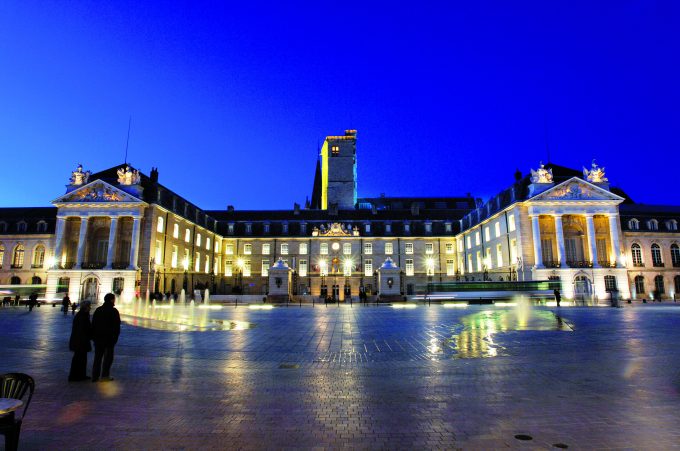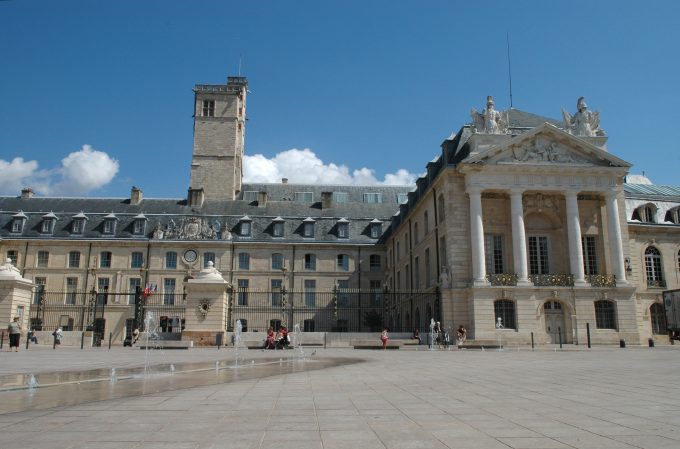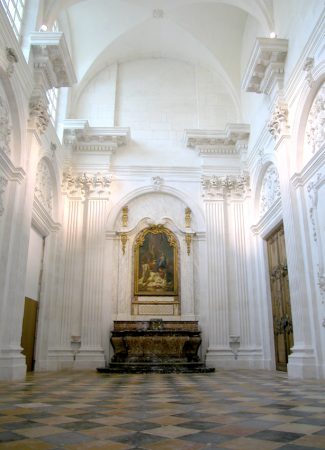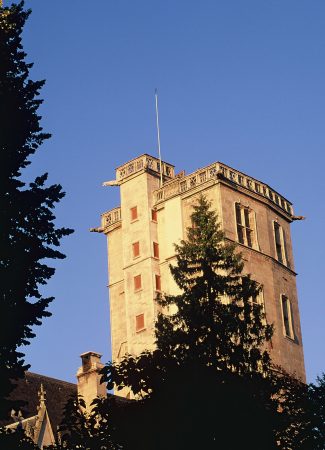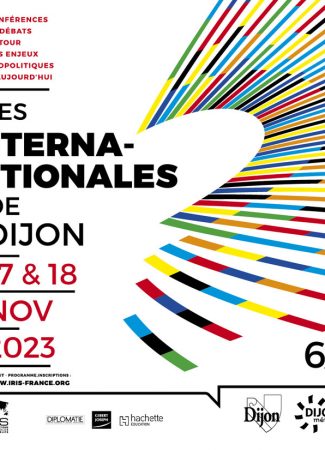Behind the beautiful classical order of its façade, the Palace of the Dukes and States of Burgundy reveals several centuries of history. The former ducal residence (to the east), rebuilt in the 15th century under Philip the Good, became the residence of the king and the governor of the province from the 16th century, and is now joined to the palace of the States of Burgundy built from the 17th century onwards (to the west). Jules Hardouin-Mansart, the king's first architect, was commissioned to design the new Place Royale (Place de la Libération). He unified the facade of this group of buildings and created the palace as we know it today, centred on a main courtyard and the square, and framed by two courtyards: Cour de Flore to the west and Cour de Bar to the east. The Philippe le Bon tower, preserved in the centre of this complex, remains the symbol of power over the city.
The palace now houses the town hall, the fine arts museum, the municipal archives and the tourist office
The ducal kitchens and the guards' room, the former grand reception room of the dukes, can be seen in the museum. The climb to the Philippe le Bon tower is organised by the tourist office, which also allows access to the chapel of the Elected Officials (18th century). Access to the rooms of the Palais des États (Gabriel staircase, Salle des États and Salle de Flore) is via the Cour de Flore during the cultural events that take place there or via the guided tours offered by the tourist office.
Types
- Historical sites and monuments
Quality labels
- Attributs du Bien des Climats du Vignoble de Bourgogne
- Symboles de France
- Tour de France
On site
Facilities
- Temporary exhibitions
Services
- German
- English
This provider also proposes
Cultural heritage
Cultural heritage
Cultural heritage
Events

